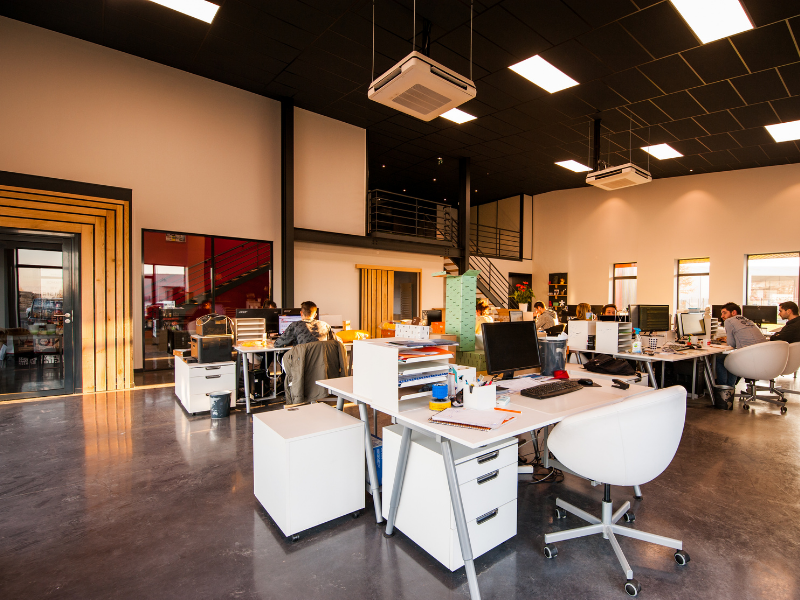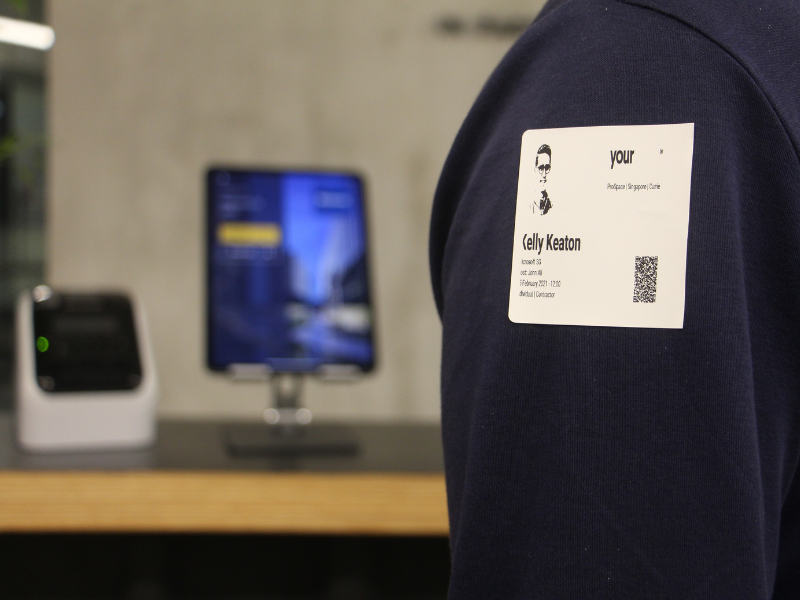The problems with hot desking have become more common because of the rise in hybrid working. It’s a great way to make the workplace more flexible and uses less space simultaneously. Instead of having each employee have their workspace, workers can use any workspace they want.
While hot desking has a lot of benefits, it can be challenging for employees to adapt to this new way of running an office. A hot desking leader (FM) has to find and solve any problems that might happen. Thankfully, these issues are easy to fix if facility managers know what they are doing.

Losing focus on collaboration and inclusivity
It can be challenging for team members to find workplaces close to one other when using a hot-desking arrangement. Many employees may prefer to work alone to minimize distractions, which may lead to them selecting workstations that are far from other employees. In addition, with everyone choosing their workstation, it may be challenging for groups to collaborate on tasks successfully.
When it comes to integrating new employees into the team, hot-desking might be a problem. Existing employees, especially introverts, may not want to be the go-to helper for new employees learning the ropes. This can give new employees a wrong first impression, as individuals who choose to sit away from them begin to feel excluded. In addition, employee retention concerns may arise due to this widespread sense of avoidance.
What is the solution? Allow managers to restrict book workplaces before allowing floor workers to book them. Managers might prioritize office areas for teams and new hires by implementing a loose hierarchy.

Personal space and security are compromised.
Hot desking necessitates adherence to a tight clean desk policy. Nobody wants to arrive at work in the morning and discover that the desk they reserved is covered with another person’s clutter. Regrettably, this means that staff are unable to personalize their environment.
For some employees, the ability to personalize their workspace with a small plant or personal photographs contributes to their sense of belonging in the business. These small gestures remind employees why they work so hard and instil a sense of pride in their personality as an integral component of the organization. However, hot-desking issues make it difficult for these workers to feel at ease in their workstations, contributing to their feelings of undervaluation.
A well-managed hot-desking system frees up office space that can be repurposed as new social areas. You and your staff can use these new places for breaks, meals, and other extracurricular activities. Additionally, you can solicit advice from employees while developing these new areas. Allow everyone to contribute to the new areas, and they will feel more at ease in the office.
Having a consistent office setup
Hot desking resembles musical chairs. Everyone rotates through the office, and they will not always be seated in the exact locations. In a poorly configured workplace, a person may work in a place with a superb computer one day and be stuck with a dud the next.
Inconsistency between workstations might result in employee frustration and conflict as they compete for the best equipment. The more irritation people experience from hot-desking, the more likely they will abandon the system and return to the traditional, inefficient assigned desk method.
Conclusion
While hot desking has been examined and proven to be an effective method of maximizing office resources, the key to making it work is the necessary procedures to allow seamless booking and usage by your employees. It is no longer sufficient to have a collection of workstations accessible for use.
Successful hot-desking is far more manageable than you would believe. You’ll need to select an excellent workplace scheduling application that could support a smart workplace. ProSpace is a feature-pack workplace platform that can help create an agile workplace in the new workplace settings.
Connect with us to learn more about our desk booking system. ProSpace helps offices shift to a hybrid work model without compromising company policy and COVID-19 safety protocols.










